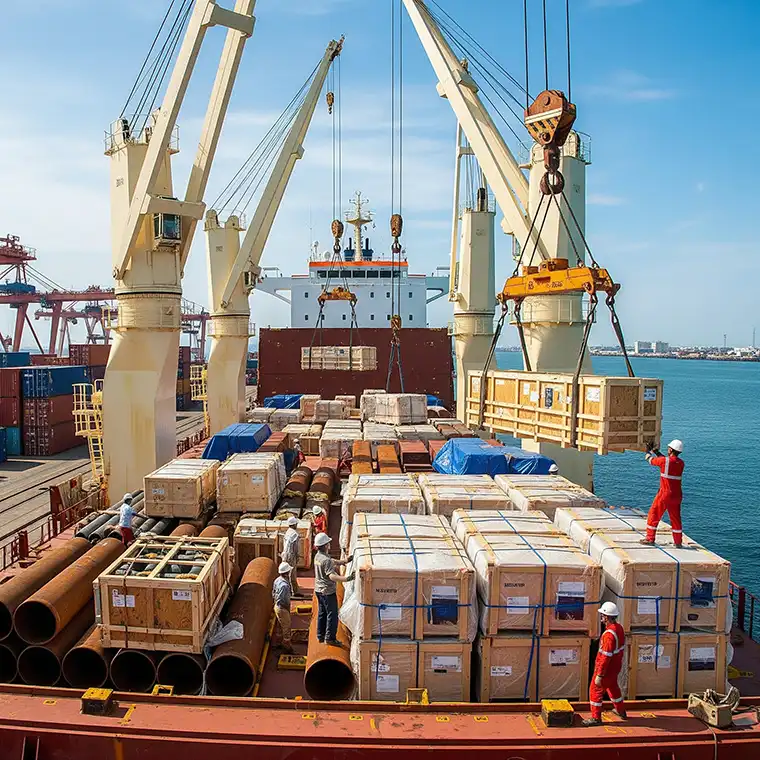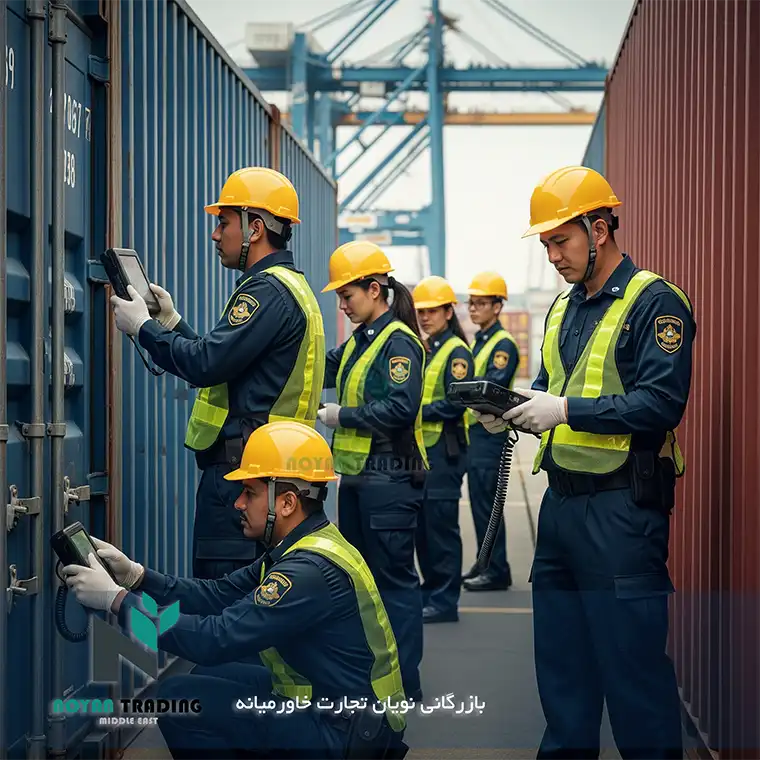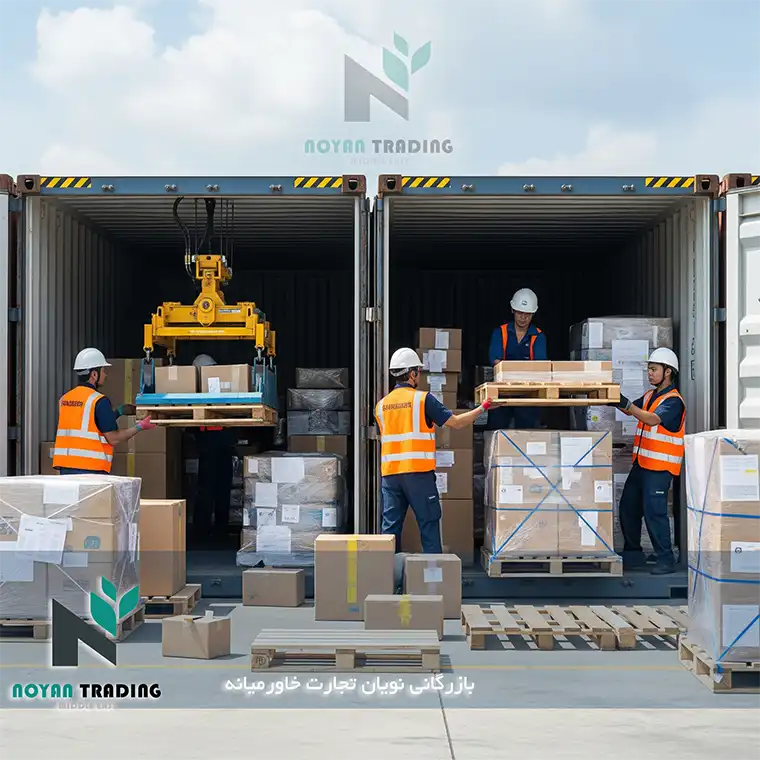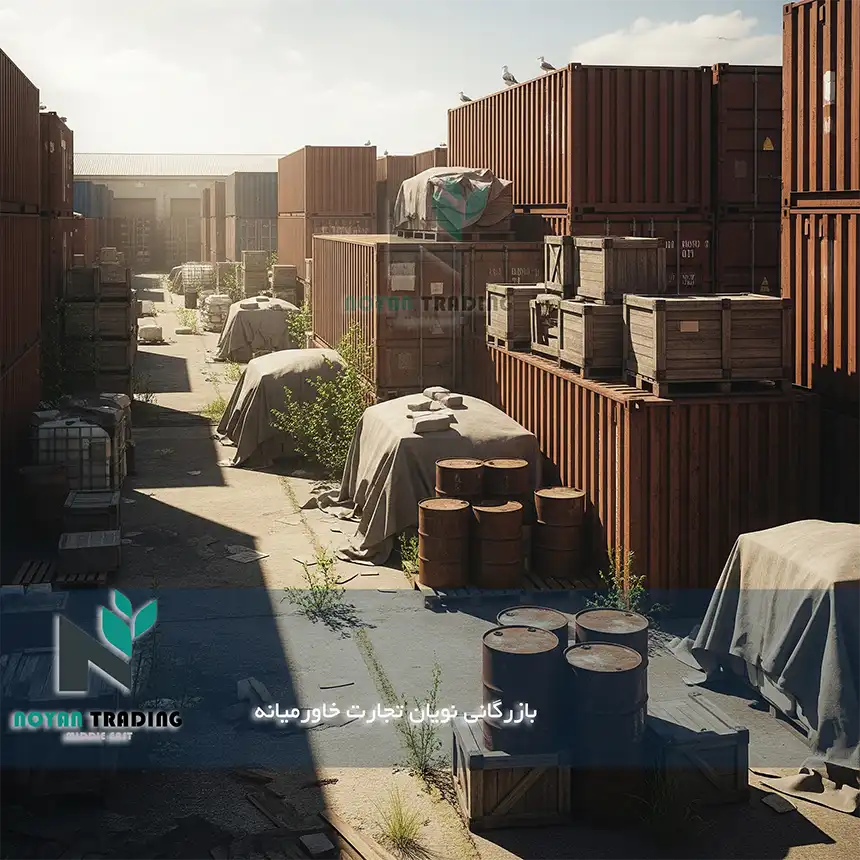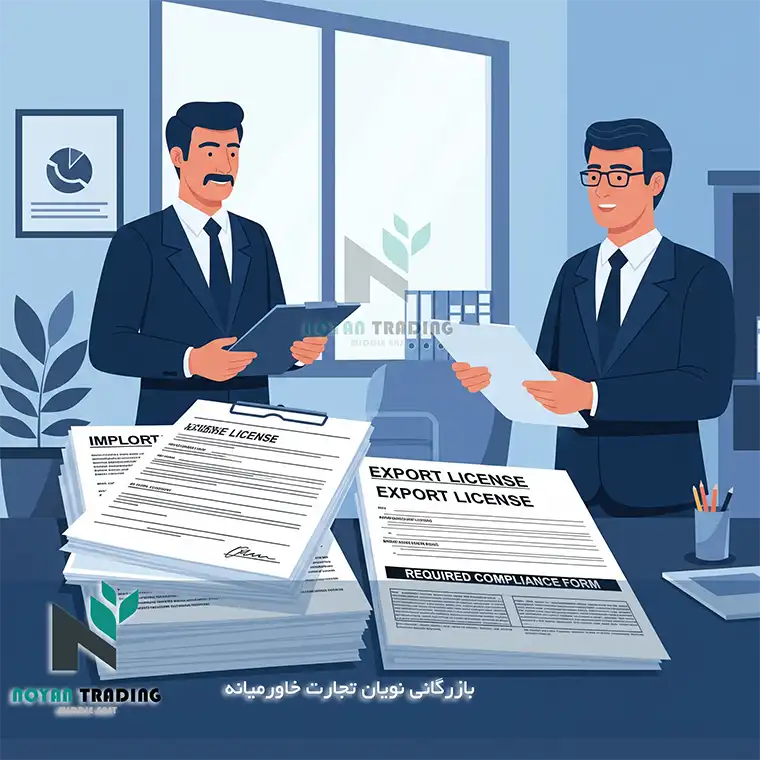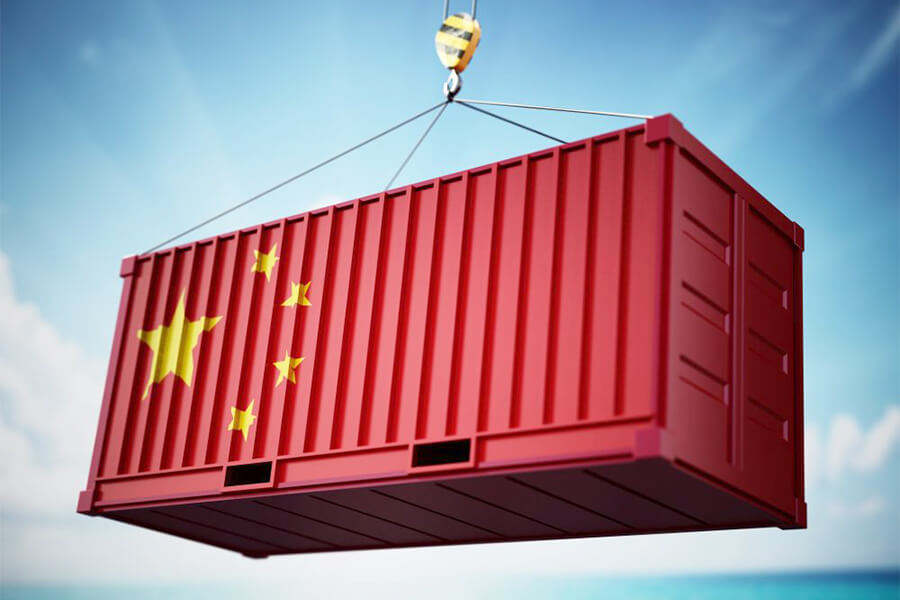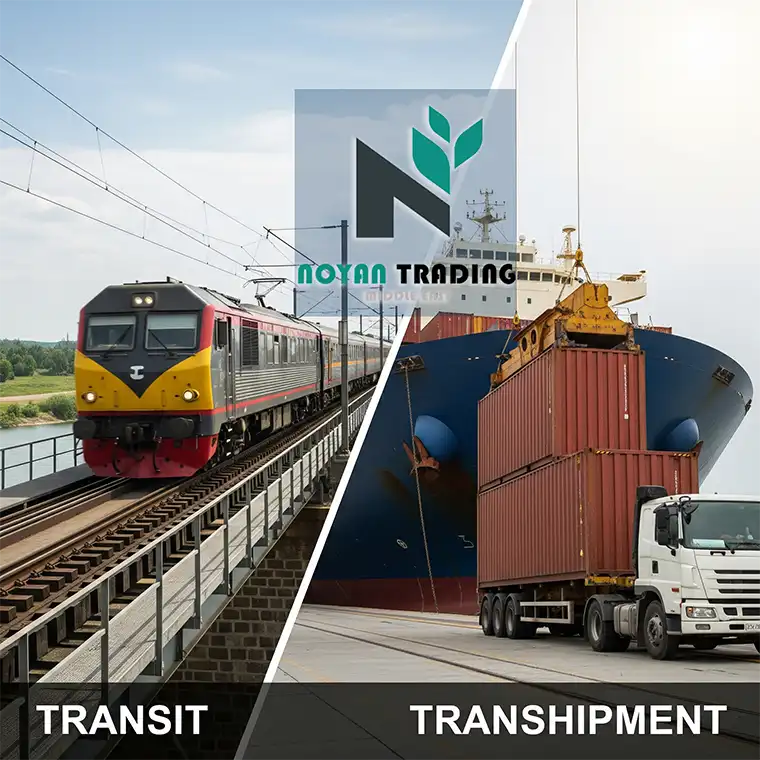Break Bulk Shipping is a method of transporting goods in which cargoes are transported individually, packaged or unpackaged but as a unit, without the use of standard containers (such as 20or 40foot containers) or in dry/liquid bulk. This method is particularly suitable for large, heavy, irregularly shaped goods or goods whose dimensions do not fit into standard containers.
Main difference with Bulk Shipping:
- Bulk: refers to goods that are loaded in bulk into the ship’s hold without any packaging. Such as grains, iron ore, coal, cement, crude oil, gas, etc.
- Break Bulk (Break Bulk): refers to goods that, although they may be loaded in bulk and in the ship’s hold, are individual units, packaged (such as pallets, boxes, bags) or in individual pieces. These goods are usually broken up and loaded in bulk.
Key features of break bulk transportation:
- No use of standard containers: Due to their specific dimensions, weight or shape, these loads do not fit in standard containers (such as TEU or FEU).
- Transportation as separate units: Even if they are packaged, they are moved separately and placed in the ship’s hold, on deck or between two decks.
- High variety in cargo type: This method is suitable for transporting various types of goods, including:
- Heavy machinery: Excavators, cranes, bulldozers, Tractors and…
- Large industrial equipment: Generators, transformers, turbines, boilers, oil and gas equipment.
- Construction materials: Beams, large diameter pipes, cement (in bags), building materials.
- Automobiles and vehicles: Buses, trucks, train cars (except RO/RO method).
- Project cargo: Any large cargo transported for a specific project (petrochemical plant, power plant).
- Large packages, pallets, boxes, barrels and bags that are suitable for container transport are not.
- Requirement of cranes and special equipment: Loading and unloading of breakbulk goods often requires the use of ship cranes or shore cranes and specialized manpower.
- Special vessels: Multipurpose vessels or General cargo vessels are used to transport breakbulk cargo, which have powerful cranes and flexible loading space. These ships can carry different goods in one trip.
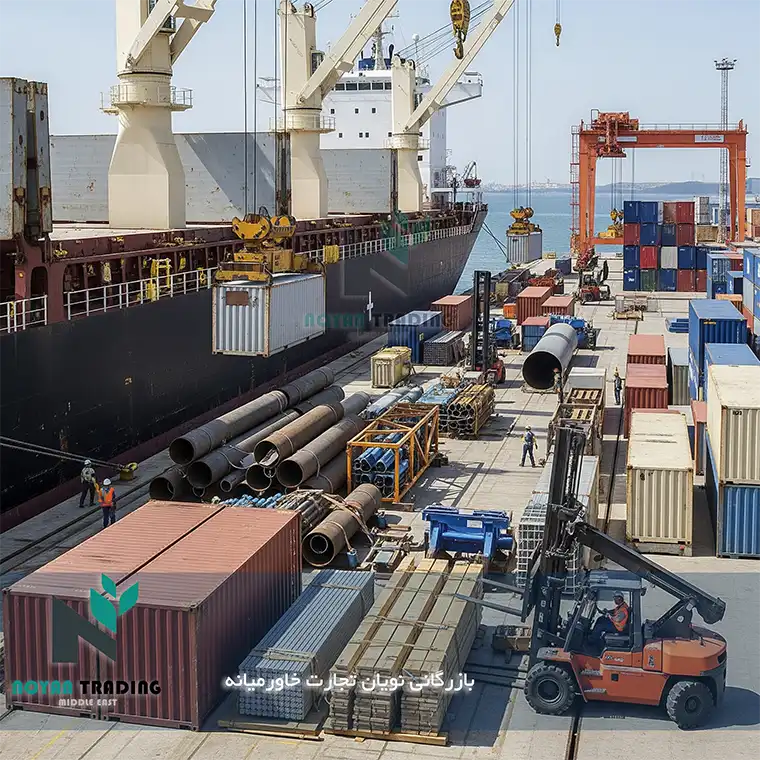
Benefits of break bulk shipping:
- Flexibility for special goods: This method allows for the transport of cargoes that do not fit into standard containers due to their size, weight or shape.
- Access to smaller ports: Break bulk ships can usually operate in smaller ports that do not have the necessary facilities to unload and load large containers or do not have sufficient water depth, berth.
- Suitable for small volumes: Although it is used for bulky goods, compared to bulk transport, which requires a very high volume of one type of goods, break bulk is also suitable for medium volumes and even one or more large pieces.
- Reducing waiting time at ports: Loading and unloading operations may in some cases be faster than loading containers in very busy container terminals.
Disadvantages of break bulk transport:
- Time-consuming loading and unloading operations: Although it can be faster in some cases, loading and unloading individual pieces generally requires more time and labor than container transport.
- Increased risk of damage to Goods: Frequent handling of individual parts by crane increases the risk of damage to goods. Increased labor costs: Requires more labor for stuffing and stripping operations.
- Higher shipping costs for smaller units: Compared to container shipping, for similar volumes, breakbulk shipping can be more expensive because it is less efficient.
- More complex in tracking goods: It is more difficult to track individual items than a full container.
Comparison with other methods:
- Containerized Shipping: Suitable for standardized, packaged goods with specific volumes and dimensions. Higher safety, easier tracking, and lower costs for standard volumes.
- Bulk Shipping: Suitable for very large quantities of dry goods (grain, minerals) or liquid (oil, gas) without packaging. The most specialized and cheapest method for very high volumes.
- Ro/RO (Roll-on/Roll-off) transportation: Suitable for wheeled vehicles (such as cars, trucks, buses) that can enter and exit the ship with their own wheels.
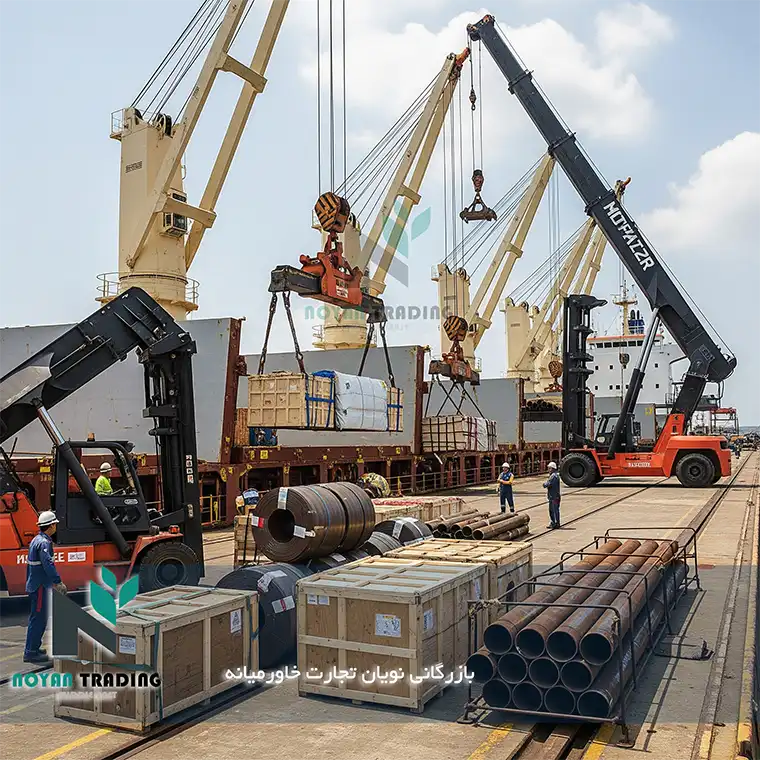
Application in Iran:
Due to the need to import industrial machinery, petrochemical equipment, parts of large construction projects, as well as export some steel or cement products (in bags), break bulk transportation in Iranian ports (such as Bandar Abbas) is widely used. This method is especially vital for industries such as oil and gas, petrochemicals, construction and mining that deal with large and heavy goods.
Overall, break bulk transportation is a specialized and essential method in international logistics that allows the movement of special and irregular goods, but requires careful planning, appropriate equipment and high technical knowledge to manage its risks and costs.

